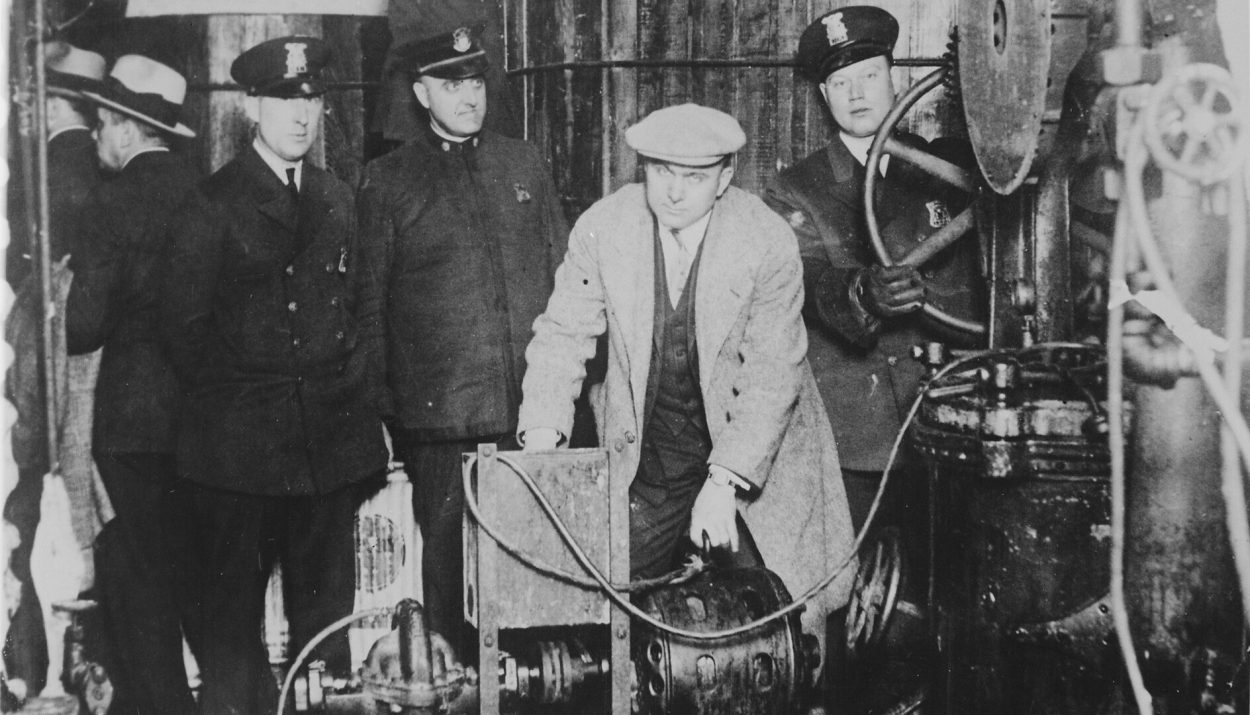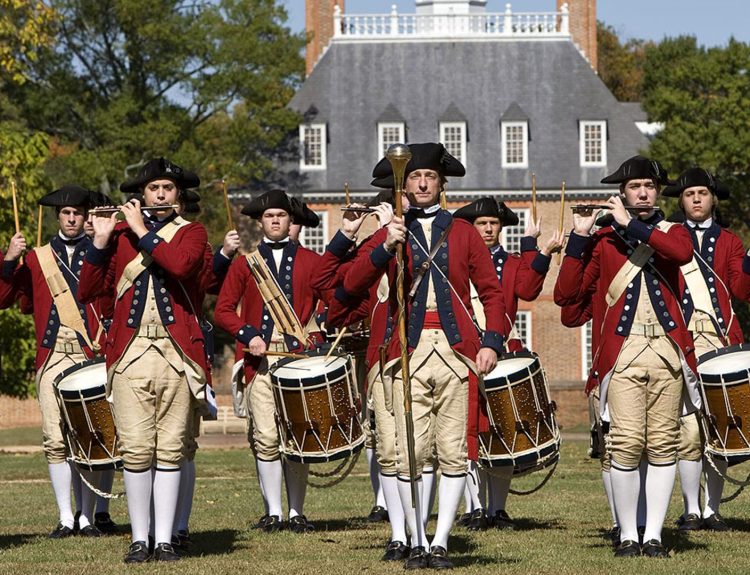The United States government has engaged in some actions that might be considered unethical or sketchy from a modern perspective, though there were reasons behind the choices at the time. Prohibition is one of those choices that a modern historian might look at and wonder, “Was that really necessary?” But some details of the government’s handling of prohibition make the decision even more questionable.
Prohibition Was Popular…In the Government
Prohibition was a period of time between 1920 and 1933 where the United States government banned the sale, brewing, and import of any and all alcohols. It was far from the first time that an attempt had been made to ban alcohol, but it was the first and only (so far) successful attempt to ban the substance on a federal level.
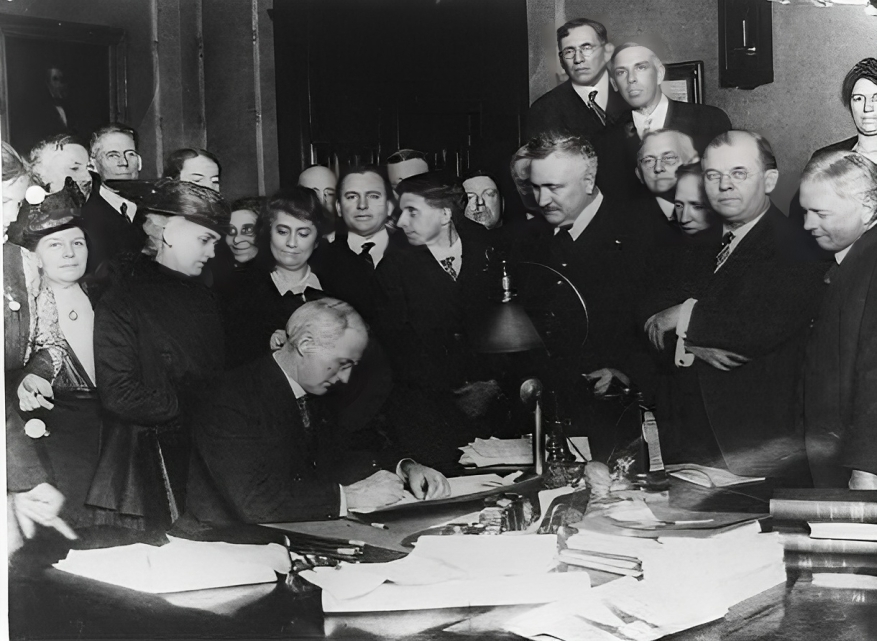
The eighteenth amendment passed with a supermajority in the House of Representatives and three-quarter’s support in the Senate. It was ratified by 46 out of 48 states, and established the Volstead Act, which set out the rules for enforcing the prohibition of alcohol in the states.
Not Everyone Loved Prohibition
Understandably, there was a large group of Americans who were not happy with the new rules that were being imposed by the Volstead Act. By the late 1920’s, there was a solid movement of people who were firmly against prohibition, who believed that rural conservatives were imposing their values on urban areas.

The war of values and practice against Prohibition was kicked up a notch when some gangs and organized criminal outfits started to take over the the beer and liquor supplies in some cities. Liquor was sold in secret buildings and rooms known as “speakeasy’s,” and the practice of bootlegging – transporting illegal liquor – became common.
A Class Issue
One of the major complaints around prohibition was that it was a law that was aimed at, and largely executed on, the working class poor. Wealthy families were able to keep liquor in their private residences without issue, but if a working class individual was found to own liquor, they were punished harshly.
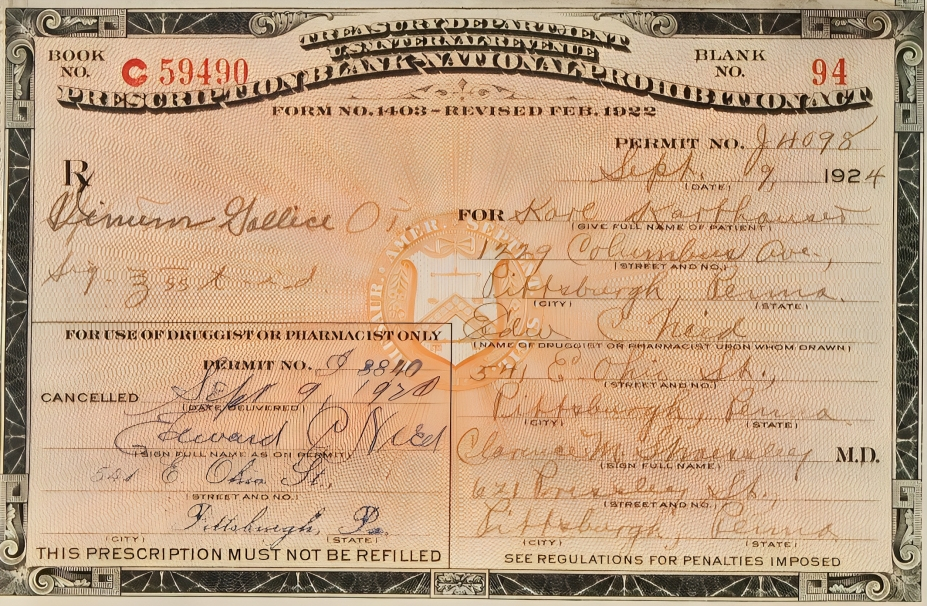
In that way, prohibition turned into a division of classes. The law was not executed fairly across wealth lines, and in order to try and curb drinking of alcohol across the board, the government made some drastic decisions regarding alcohol.
The Legal Poisoning of Alcohol
One of the methods that bootleggers would use to produce illegal alcohol would be to take industrial ethyl alcohol and distill it until it was a substance that could be drunk by people. In order to curb this practice, the United States government ordered the denaturation of industrial alcohols.
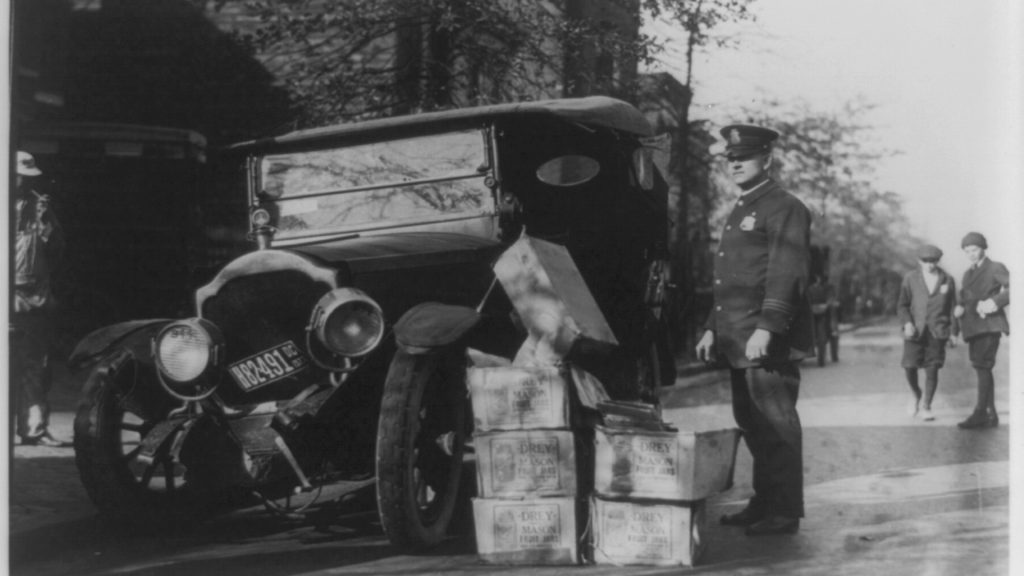
Denaturation is the process of adding a substance to another substance in order to make it unpalatable, or even dangerous. In the beginning, most denaturing formulas merely added methyl alcohol, which was poisonous, or other bitter-tasting formulas to make the alcohol taste so bad that it wasn’t palatable. In response, bootleggers got creative.
The Chemist’s War
In order to combat the government-ordered denaturing of alcohol, bootleggers began to employ chemists, who were paid handsomely in order to take the denatured alcohol and restore it to potable levels. The chemists were very good at what they did and very well paid, and the so-called “chemist’s war of prohibition” was well underway.
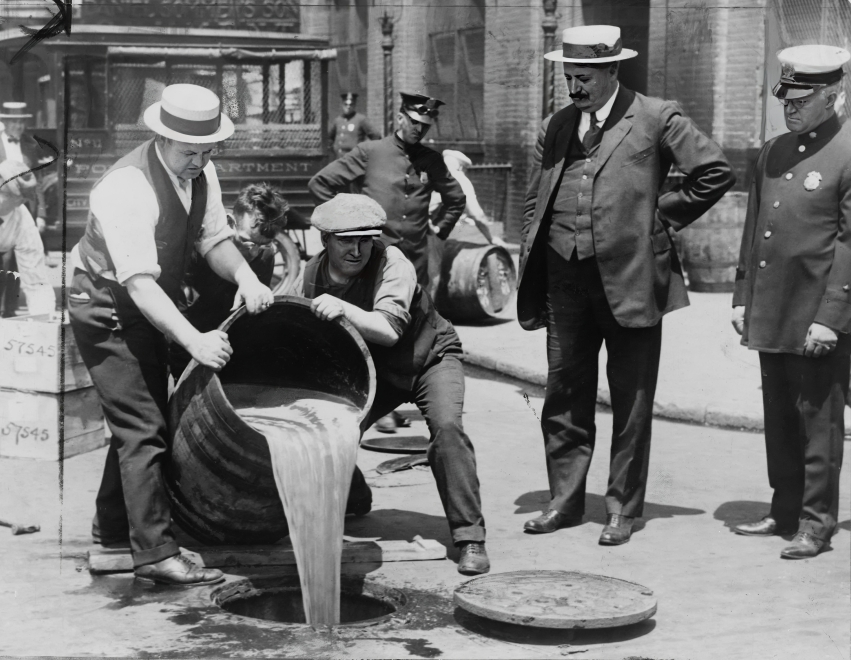
When the initial denaturing of alcohol didn’t have the desired effect of making people stop drinking, the government stepped up their actions to the extreme. The additives to alcohol became much more deadly, including substances like formaldehyde, gasoline, mercury salts, nicotine, and chloroform.
Toxic Alcohol Couldn’t Stop People From Drinking
The increased toxicity of the alcohol didn’t have the intended effect of stopping people from drinking. In fact, alcoholism jumped massively during prohibition, with insurance companies charting the increase as more than 300% of pre-prohibition levels. The poisonous alcohol did have a rather unfortunate, and obvious side effect, though.

In the closing days of 1926, hospitals saw an increase in people who were hospitalized from alcohol poisoning. While it wasn’t uncommon for people to get sick from homebrewing – many of the containers that the alcohol was distilled in leaked heavy metals and other toxic materials into the booze – this rash of illness was different.
Thousands Died from the Denaturing Program
Over the course of the time between Christmas Day and New Years of 1926, more than 60 people were admitted to the hospital with alcohol-related illness, and more than 30 people died. This was the horrifying beginning of an increasingly deadly battle of the US government against alcohol, one that would have devastating consequences.

In 1926 alone, more than 1200 people got sick from the United States denaturing program, and of those people, 400 died. That number would only climb as the years went on, and by the time prohibition ended in 1933, it’s estimated that more than 10,000 people were killed by poisoned alcohol.
The Worst-Kept Secret
The government’s actions weren’t secret, either. It was common knowledge among lawmakers and politicians what the federal government had ordered done, and many people were horrified. Drinking alcohol wasn’t prohibited by the Volstead Act, and the government’s actions were punishing people from engaging in a legal behavior.
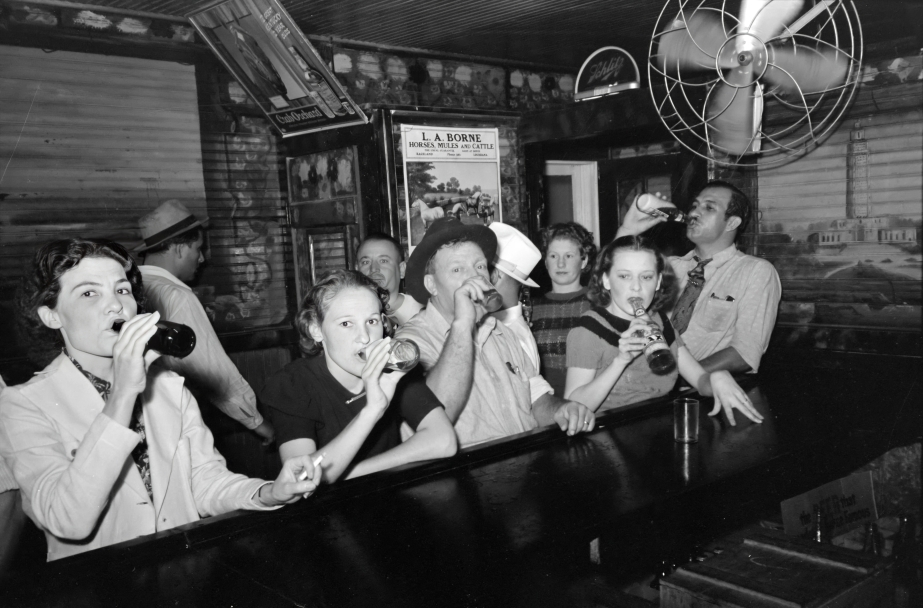
In New York especially, the medical examiner did everything in his power to publicize the government’s actions and to try and save as many people as he could from alcohol-related illness and death. He published every death from alcohol, and issued multiple statements regarding the toxic materials that were being added in order to try and warn people from getting sick.
The Chemist’s War Faded Away
The government’s war on alcohol consumption didn’t really end as much as it faded away. People stopped talking about it as prohibition wore on, and by the time the twenty-first amendment was passed in 1933, legalizing liquor again, the chemist’s war had, more or less, ended.
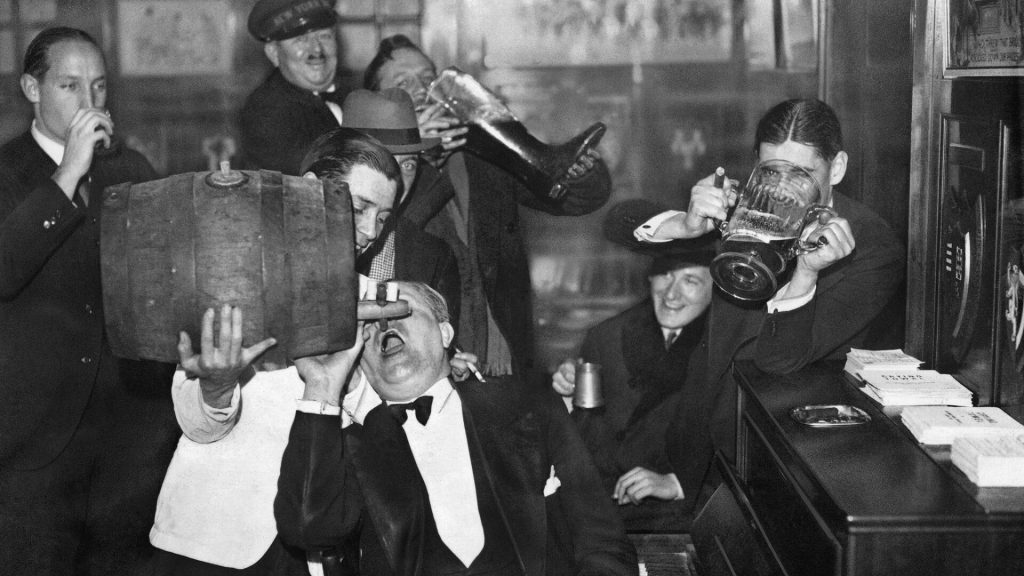
This doesn’t detract from the thousands of lives that were lost during prohibition, not by a long shot. The government’s actions in enforcing prohibition were far from ethical, and though it’s a less-discussed topic of early twentieth century history, it is one that should, by no means, be forgotten.

